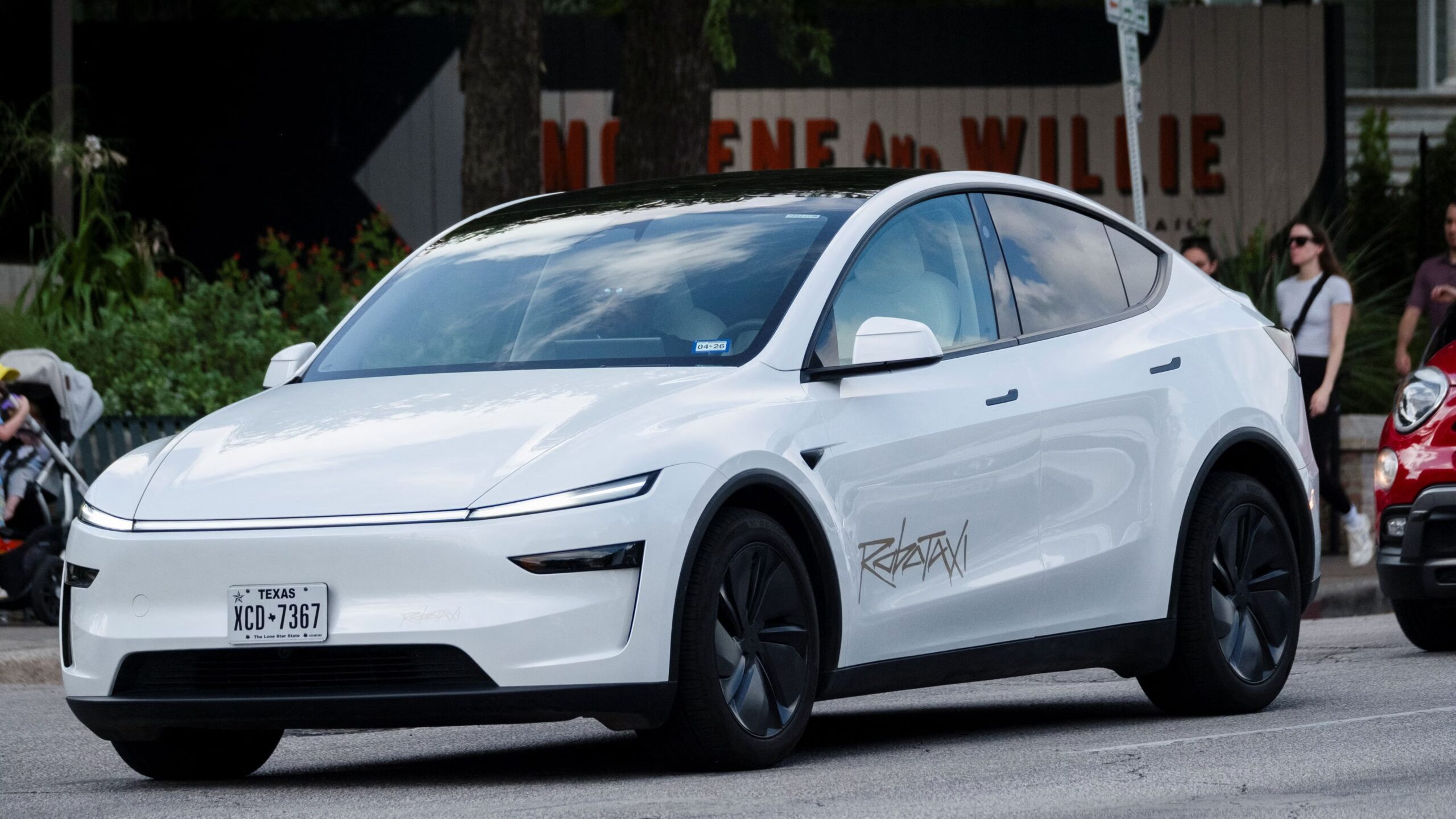
Tesla has received permission from the Federal Communications Commission (FCC) to conduct testing aimed at evaluating the resilience of its robotaxis against potential cellular hacking threats. This marks a significant step in Tesla’s efforts to secure its autonomous vehicles against emerging cyber risks.
Purpose and Scope of Testing
According to Tesla’s application, the company plans to “perform short-term testing of cellular vulnerabilities” and simulate radio frequency (RF) attacks on its vehicles to assess their defense against malicious actors. Tesla noted that the tests require FCC authorization because the signals used will operate outside its usual licensed areas.
The FCC’s approval comes with conditions. Tesla must coordinate with spectrum owners if testing encroaches within 50 miles of their licensed areas, including Verizon’s 700MHz lower band, C-band, and AT&T’s Wireless Communications Service (WCS) spectrum. The FCC emphasized that the use of any signal jamming devices designed to intentionally disrupt authorized communications is illegal under the Communications Act of 1934.
Tesla submitted its request for special temporary authority (STA) on June 17, just days before launching 10 self-driving Model Y robotaxis in Austin, Texas on June 22. The FCC granted approval on July 18, backdating the authorization to June 20, 2025, with the testing period set to expire on August 21.
Competitors and Industry Context
While Tesla is actively pursuing testing for cellular vulnerabilities, competitors like Waymo operate robotaxis in cities such as Austin and Atlanta through partnerships with Uber but appear not to have requested similar FCC permissions. Waymo’s software runs entirely on-board without relying on cellular connections, reducing exposure to remote hacking attempts.
Industry analysts note Tesla’s move signals growing concerns about cellular attacks on autonomous vehicles. Remote hacking has been a recognized threat for years, with security experts continuously identifying new vulnerabilities. At last year’s Black Hat conference, a team from Computest Security demonstrated potential exploits targeting electric vehicles.
Author’s Opinion
Tesla’s decision to rigorously test its robotaxis for cellular hacking vulnerabilities is a necessary step toward ensuring the safety and trustworthiness of autonomous vehicles. With increasing reliance on connected technologies, the risks of cyberattacks grow exponentially. By confronting these challenges head-on, Tesla not only protects its customers but also sets a benchmark for the industry. Waiting for attacks to happen before responding is no longer an option in the era of AI and self-driving cars.
Featured image credit: Heute
For more stories like it, click the +Follow button at the top of this page to follow us.
